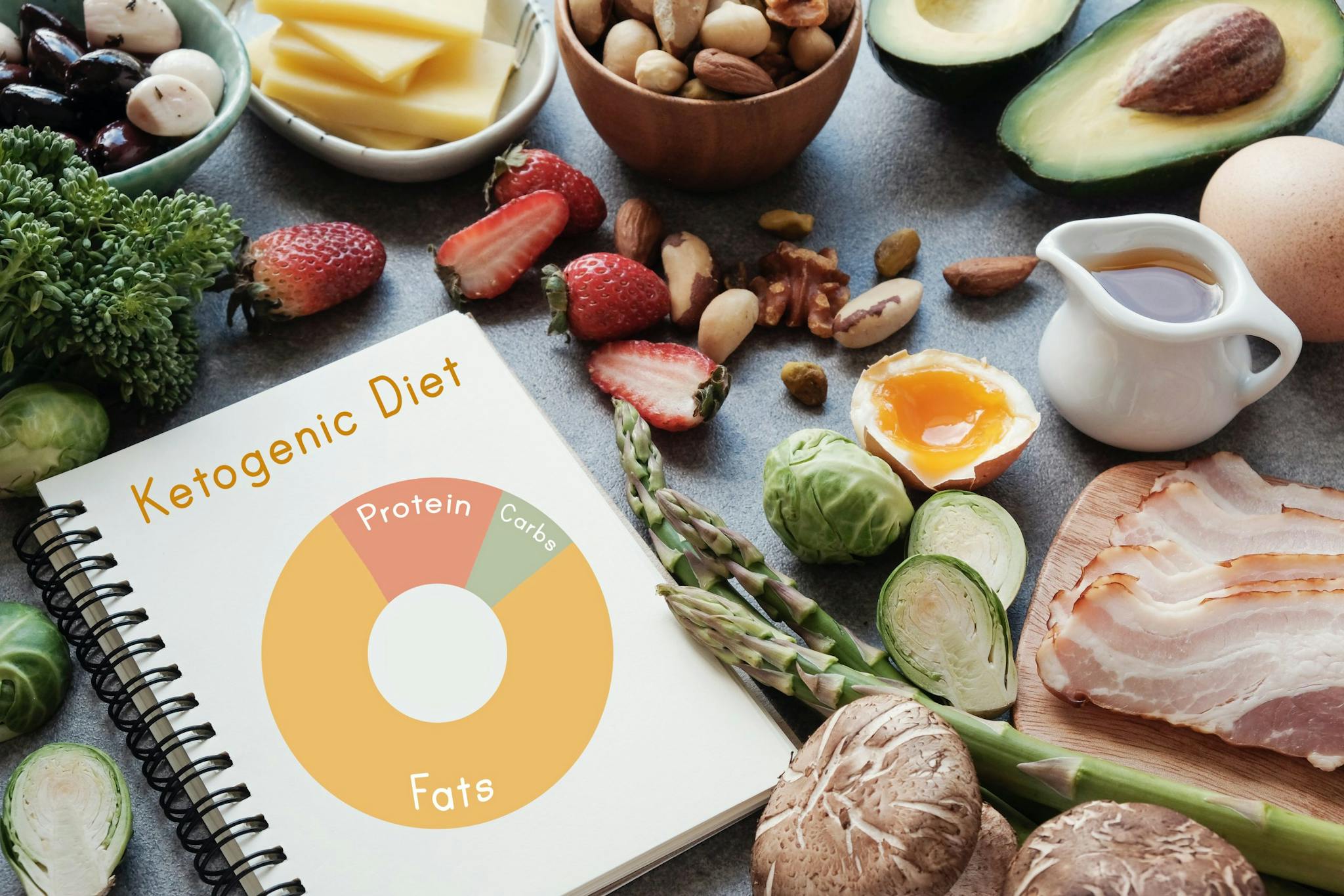During the hot summer, your risk is increased for heat stroke, a condition characterized by the body overheating to temperatures of 104 degrees Fahrenheit or higher. Heat stroke is the most serious form of heat injury and requires emergency treatment.
Untreated heat stroke can lead to brain, heart, kidney and muscle damage that worsens the longer treatment is delayed. It can also increase the risk of death or serious complications. Fortunately, there are several steps you can take to prevent heat stroke, whether you’re staying local for the summer or going on a vacation.
Causes and Risk Factors
Heatstroke can be caused by:
- Exposure to a hot environment: In a type of heat stroke called classic heat stroke, a hot environment leads to increased body temperature. It’s most common in older adults and in people with chronic illness, and will generally occur after prolonged exposure to hot, humid weather.
- Intense activity: Called exertional heat stroke, this type is brought on by intense physical activity in hot weather. It most likely occurs in people who are not used to high temperatures.
- Age: Coping with heat depends on the central nervous system, and for very young people or adults over 65, the nervous system is often not as strong. Both these age groups can also have difficulty staying hydrated.
- • Exertion in hot weather.
- Sudden exposure: Sudden exposure to hot temperatures can increase your risk until your body has acclimated.
- Lack of air conditioning: Fans can help for some people, but air conditioning is the most effective coolant and method for lowering humidity.
- Medications: Certain medications for blood vessels, blood pressure, psychiatric symptoms or diuretics may affect the body’s response to heat and its ability to stay hydrated.
- • Health conditions: Certain chronic illnesses, including heart and lung disease, can increase risk.
- • Being obese, sedentary or having a history of previous heat stroke can also increase risk.
Signs and Symptoms
- High body temperature: 104 degrees Fahrenheit or higher
- Altered mental state: Confusion, agitation, slurred speech, irritability, delirium, seizures or even coma
- Sweating changes: Classic heat stroke will cause skin to feel hot and dry, while exertional heatstroke may cause it to feel moist
- Nausea and vomiting
- Flushed skin
- Rapid breathing
- Racing heart rate
- Headache
Prevention Methods
- Wear light, loose-fitting clothing: Excess clothing won’t allow the body to cool properly.
- Protect yourself from sunburn: A sunburn limits the body’s ability to cool itself. Wear a wide-brimmed hat and sunglasses when outdoors, and generously apply sunscreen of SPF 15 or above.
- • Stay hydrated: Stay hydrated to help the body sweat and regulate temperature.
- Pay attention to your medications: If you take any medications, pay attention to whether they may affect your body’s ability to stay hydrated.
- • Avoid parked cars: Never leave another person in a hot or warm parked car, whether a child or an adult, and never stay in one yourself. This applies even if there’s shade or the windows are cracked.
- Watch your timing: During the hottest periods of the day, try to stay out of the sun and take it easy. Schedule exercise or labor for cooler parts of the day like mornings or evenings.
- Acclimatize: Particularly for vacations or periods where you’re entering a much hotter climate, give your body a few days or weeks to adjust. Limit exercise or heavy exertion until you’ve acclimatized.
- Be cautious: If you have any of the risk factors listed above, take additional precautions for heat stroke. Stay out of the heat, and act quickly if you notice any overheating.
If you see someone having heat stroke, call 911. If you’re worried you’re at risk or want other strategies to keep cool, speak to your doctor.
Our providers take time to listen and communicate clearly with each patient, and our professional and courteous staff provides quality, personalized care for all of our patients’ general health and medical needs. We specialize in weight control, depression management, skin care, hormone replacement, cardiac conditions and cholesterol management. We strive to provide our patients and their families with quality healthcare services and respect their right to participate in all treatment decisions.
Sources:
“Heatstroke.” The Mayo Clinic. http://www.mayoclinic.org/diseases-conditions/heat-stroke/basics/definition/con-20032814
“Heat Stroke: Symptoms and Treatment.” WebMD. http://www.webmd.com/a-to-z-guides/heat-stroke-symptoms-and-treatment#1







